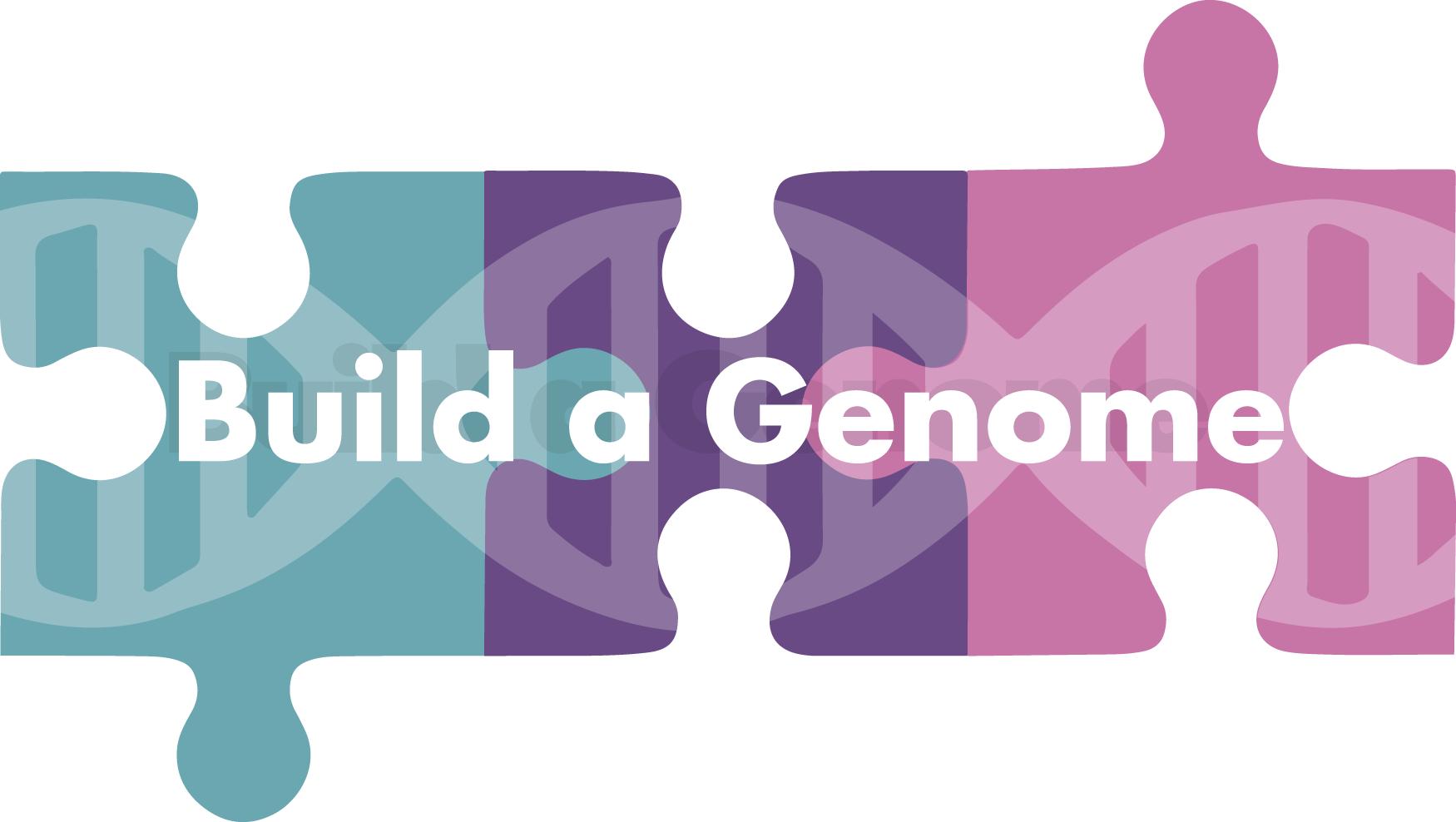Workflow 2: Synthesis of yeast neochromosomes.
Neochromosomes were first introduced in the Synthetic Yeast Project as a way to stabilize the synthetic yeast genome (http://syntheticyeast.org/designs/alterations/trna-genes/ and https://science.sciencemag.org/content/355/6329/1040.long). Because tRNA genes are sites of frequent recombination, by transferring all tRNA genes onto a centromeric plasmid (a neochromosome), the function of these genes would be preserved while the propensity to rearrangement would be segregated onto this neochromosome and away from the other synthetic yeast chromosomes.
Since then, neochromosomes have been used to introduce new pathways and systems into yeast cells. These include the production of violacein (a purple bacterial pigment) and beta-carotene (see image below), and introduction of the human purine synthesis pathway into yeast cells.
Protocols for this workflow are available in our Neochromosomes: Creating transcriptional units with yeast Golden Gate assembly lab manual.
Neochromosome synthesis uses basic processes of yeast genetics to introduce large pathways and systems into yeast as new chromosomes. Students can therefore design and engineer new functions and processes. By doing so, they reveal the remarkable plasticity of genomes. Indeed, as one example, the 16 chromosomes of yeast can be combined into a single chromosome that still supports a viable cell (https://www.nature.com/articles/s41586-018-0382-x). Neochromosome synthesis is therefore a powerful way to introduce students to open questions regarding the structure and remarkable plasticity of genomes.
